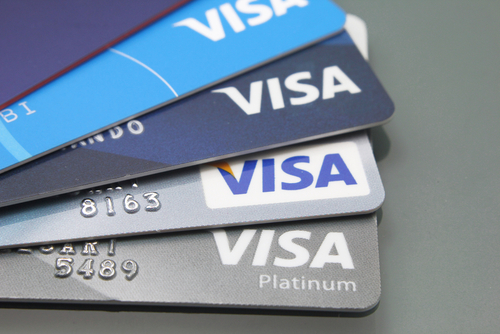Visa is expanding its stablecoin settlement capabilities to the Solana blockchain and is working with merchant acquirers Worldpay and Nuvei.

The payment processing company has already moved millions of USD Coin (USDC) between its partners over the Solana and Ethereum blockchain networks to settle fiat-denominated payments authorized over VisaNet.
When consumers use Visa cards to make purchases, they get nearly instant payment authorizations. But what they do not see is that the funds used for their purchase need to move between their bank and the merchant’s bank, also known as the acquirer.
This is where Visa’s treasury and settlement systems enable the clearing, settlement, and movement of billions in transactions a day. This process happens seamlessly between nearly 15,000 financial institutions and across more than 25 currencies globally.
“By leveraging stablecoins like USDC and global blockchain networks like Solana and Ethereum, we’re helping to improve the speed of cross-border settlement and providing a modern option for our clients to easily send or receive funds from Visa’s treasury,” Cuy Sheffield, head of Crypto at Visa, said.
In 2021, Visa began testing how USDC could be used inside its treasury operations which led to a pilot with Crypto.com. This led to a successful pilot leveraging USDC and the Ethereum blockchain to receive payments from Crypto.com for cross-border volume on their live card program in Australia. Crypto.com now uses USDC to fulfill its settlement obligations on the Visa card in Australia. It intends to roll out this capability in other markets.
Before that pilot, settlement for cross-border purchases made on Crypto.com Visa cards required a long currency conversion process and international wire transfers. Now, Crypto.com can send USDC cross-border over the Ethereum blockchain directly to a Visa treasury managed Circle account. This helps reduce the time and complexity of international wire transfers.
“We are excited about the USDC use cases Visa and its partners are driving to create fundamental blockchain innovation,” Jeremy Allaire, co-founder and CEO at Circle, said. “Circle built USDC to provide a functional digital dollar that could move at the speed of the internet to facilitate secure, reliable payments.”
With these new settlement options Visa can send funds to acquirers like Worldpay and Nuvei to help speed up settlement times. Using Visa’s own Circle account, Visa can now manage settlement payouts in USDC to Worldpay and Nuvei who can then route these payments in USDC to their end merchants.
In addition, there has been demand for high performance blockchains that can send and receive stablecoins with higher speed and lower costs. That’s why Visa chose Solana as a high performance blockchain. Visa is now one of the first major payments companies at scale to directly utilize Solana for live settlement payments between its clients. The Solana blockchain sees 400 millisecond block times, averages 400 transactions per second (TPS) and typically surges to more than 2K TPS1 across a variety of use cases during periods of peak demand.